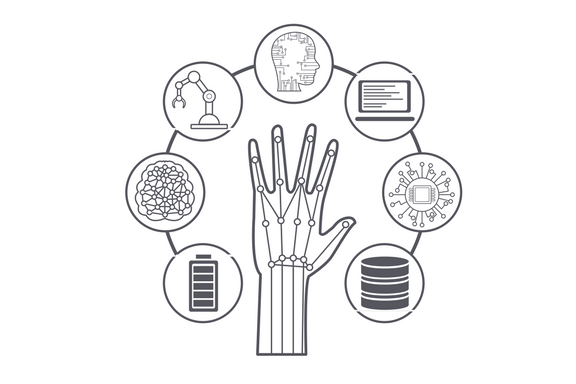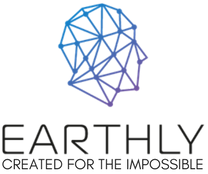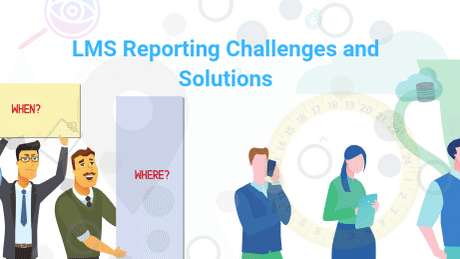How Learning Initiatives Can Harness the Power of Machine Learning & AI
Apr 02, 2018
The future has arrived. Robots can be found in your local shopping malls, your phone can have a conversation with you, and cars are starting to drive themselves. Artificial intelligence can be found in all aspects of our modern lives – and it’s time for learning to catch up.
It may sound daunting, particularly to anyone who’s been in the learning game for a long time, but it doesn’t have to be. If anything, it’s a great advancement that will make your role as a learning manager or provider even more crucial.
Understanding the lingo of AI
We all know that we’ve left the industrial age behind us, moving on to the information age where we have access to more data than we know what to do with. It’s something that’s been talked about time and time again.
Less discussed, though, is the fact that we’re slowly but surely leaving the information age behind for the ‘imagination’ age: another revolution, this one characterised by actually making sense of all that data. We’re finally starting to take all that data, all that information, and all our ideas and making the steps to transform it all into something that actually improves our daily lives.
That’s the foundation of AI. It’s pretty simple when you think about it – and it’s exciting. Where some people get lost, though, is in the various definitions associated with AI. Let’s break them down.
Artificial Intelligence (AI)
Artificial Intelligence, or AI, is the term given to machines that can do things that are characteristic of human intelligence.
Machine Learning
Machine learning is a specific subset of AI. It’s the ability to learn without that learning being explicitly programmed. Breaking that down into simpler terms, it’s when an AI has been trained to learn things on its own, thanks to a combination a baseline set of instructions and a massive amount of data.
A great example of machine learning is recommendations, like Netflix program recommendations or Amazon product recommendations. Baseline set of instructions + data on user’s previous habits = machine learning in the form of recommendations.
Deep Learning (DL)
Deep learning, or DL, is like machine learning, but taken a step further. If machine learning is
an imitation of the human brain, deep learning is that same brain but with the neural networks built in. It’s all about layering the data in a more complex way than machine learning can handle, allowing us to better differentiate between elements.
In L&D, an example of DL would be not only collecting data on individual learners, but using that data to predict future organization directions. For example, one might collect data on a new hire all the way from his/her onboarding down to his/her continuing growth within the company and eventual exit. Using DL, you would use all that data to predict what skills & competencies allowed that person to perform well in the role, and apply that information to your future learning content (and even the job description and role).
Personalization
As we’ll explain further, personalization is the aspect of AI that has the most significance within L&D. Personalization in this case is two-fold: a combination of personalized information (i.e. information that’s tailored for a specific user) and the personal (i.e. communication that’s centered on a human-like experience).
When it comes to personalization, you can’t just rely on technology: your learning still needs that personal element.
What that means to L&D
L&D initiatives generally started in the form of general, in-person group training. As technology improved (and purse strings tightened), the industry turned more towards e-learning. While we can’t deny that e-learning is efficient and convenient, it has somewhat dehumanised the training process.
What AI and Machine Learning allow us to do in L&D is move back to that personalized, human learning – even if it continues to be delivered via technology.
Like in all aspects of our lives, AI is freeing us up to become more efficient when it comes to learning. AI can be used in your organisation to take care of all the menial, tedious, repetitive tasks that take up so much of your time – so you can go back to spending your mental effort and time on the things only humans can do.
It allows us to introduce that second half of the personalization equation: to create learning initiatives that are compassionate… human… and that actually solve the problems your learners’ problems.
 How to personalize your learning
How to personalize your learning
People expect personalization. Nearly whatever your learner does today is a seamless experience – from logging onto their work computer to browsing the web at home. This is so true that whenever we come across a non seamless experience, we notice. It impacts our flow and our productivity.
By personalizing your learning, you’re providing a more seamless experience: one that gets the right content in front of your learners at exactly the right time. There are three steps to achieving this:
-
- Analyze your current situation. Take a look at your current learning initiatives – the tools your using, your content, and how your distributing that content. Get to know it inside and out.
- Understand the gap between your current situation and where you want to be. You need to understand where you want to go before you can begin to understand how you’re going to get there.
- Take action. Come up with a roadmap that outlines everything you need to procure, implement and grow in order to achieve that desired state. Everything starts with a plan.
We shouldn’t be afraid of innovation. Innovation isn’t going to replace our jobs… if anything, it will make our roles in the learning industry ever more important. AI and Machine Learning give us the opportunity to hand off the menial tasks that take up most of our time (without the cost of additional hiring) so that we can go back to focusing on developing personalized, effective training programs. By following the steps we outlined here, you’re getting your learning ready for the future… a future that’s already here.



